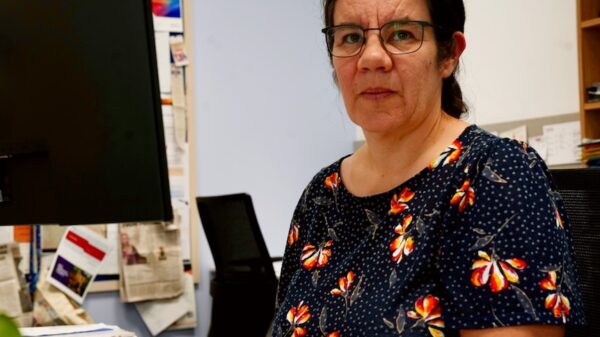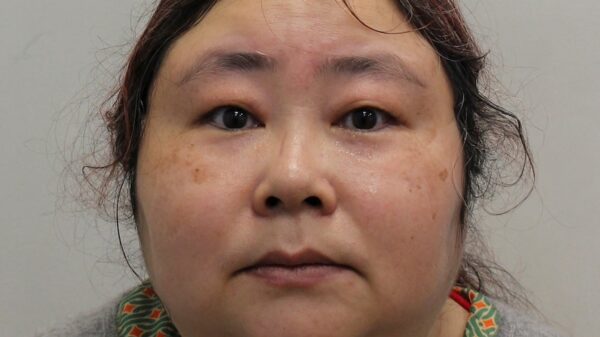Scientists at Japan’s Institute for Molecular Science have successfully achieved a remarkable 1,000-fold enhancement in the generation of white light in water using a novel approach involving non-harmonic two-color femtosecond laser excitation. This groundbreaking technique, which marks a significant advancement in nonlinear optics, could pave the way for various applications in fields such as bioimaging and ultrafast spectroscopy.
The research, published on November 11, 2025, in the journal Optics Letters, reveals that the team utilized two laser wavelengths that do not share an integer frequency ratio. This contrasts with conventional methods that rely on harmonic combinations, which have been the standard in nonlinear optics for many years. By focusing two ultrashort laser pulses—at wavelengths of 1,036 nm and a non-integer-related seed wavelength (for example, 1,300 nm)—into water, the researchers unlocked new avenues for light-matter interaction.
The study highlights how this non-harmonic approach significantly amplifies nonlinear optical effects such as soliton compression, dispersive-wave emission, four-wave mixing, and cross-phase modulation. These effects collectively produce a bright supercontinuum, which serves as a vital source of white light necessary for ultrafast spectroscopy and imaging technologies.
Control experiments conducted with heavy water (D2O) revealed no such enhancement, indicating that the effects observed are specific to ordinary water (H2O). The unique dispersion and resonance conditions of water play a crucial role in these findings, confirming that subtle molecular properties dictate the nonlinear optical response.
New Directions in Ultrafast Optics
Dr. Tsuneto Kanai, the lead researcher of the project, stated, “By deliberately breaking the usual harmonic laser condition, we discovered a new way to amplify light inside water.” This finding opens a new pathway for ultrafast optics in liquid mediums, potentially transforming how scientists study light interactions.
The principal investigator of the project, Associate Professor Toshiki Sugimoto, emphasized the broader implications of this research: “Our finding offers a powerful approach to uncover phenomena of fundamental scientific and technological importance.” The implications of this study extend to various fields, including deep-tissue biophotonics, aqueous-phase spectroscopy, and attosecond electron-dynamics studies.
The research conducted at the Institute for Molecular Science and SOKENDAI positions water as a platform for next-generation ultrafast optical science, leveraging its universal properties for innovative applications.
As the scientific community continues to explore the potential of this novel technique, the hope is that such advancements will lead to accelerated breakthroughs in optical sensing and nonlinear photonic technologies. The successful demonstration of enhanced supercontinuum generation in water marks a significant milestone in liquid photonics, inviting further exploration into this exciting area of research.
For more information, the study titled “Dramatic Enhancement of Supercontinuum Generation in H2O by Non-Harmonic Two-Color Excitation” can be accessed in the journal Optics Letters.



































































